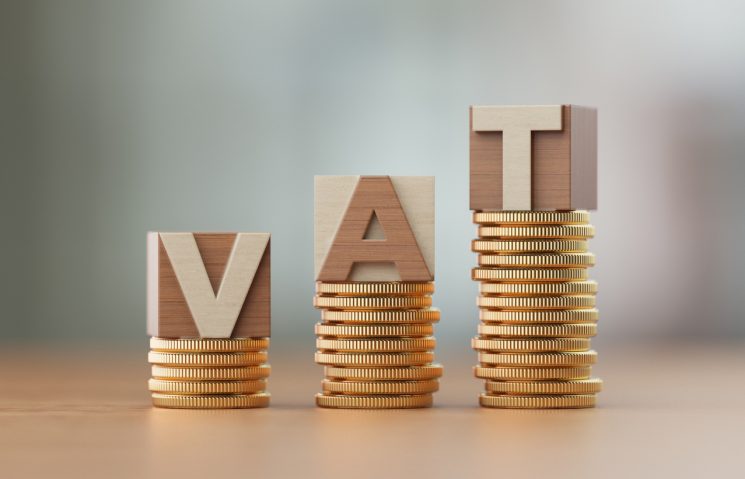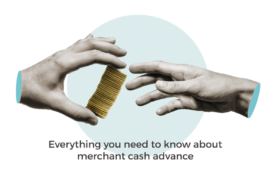Located from raw materials through the final retail purchase, the value-added tax (VAT) is a type of indirect tax imposed on goods and services based on their value added. April 1, 2005, was the date on which VAT was introduced. Each stage of the process is first identified and then taxed based on the amount of value added. Buyers at earlier stages of production receive refunds of VAT they paid; in the end, the end consumer pays the full VAT. Due to the fact that the entire tax burden is borne by the consumer, VAT can also be considered a consumption tax. You can use our vat calculator to calculate your VAT online.
There are state-based VAT laws for proper implementation and levying of VATs in each state. There are different VAT rates in different states based on their implied laws.
What was the purpose of introducing VAT?
By introducing VAT, the main objective was to eliminate the double taxation effect and cascading effect from then existing sales tax structures. Whenever a product is taxed at every stage of the sale, it is called a cascading effect. A consumer pays tax on already-paid tax because the tax is levied on a value that includes tax paid by the previous buyer.
Under the VAT system, exemptions are not possible. By assessing taxes at every stage of the production process, compliance is better and loopholes will be fewer.
VAT’s disadvantages
There are also some disadvantages to VAT. However, despite its introduction, it has not completely eliminated the cascading effect of taxes. Under VAT, input tax credit (ITC) cannot be claimed on services. As one of the most complex taxation systems, it is affected by different VAT rates and laws in different states.
Is GST a total replacement for VAT?
GST was introduced by the union government in July 2017 to eliminate cascading of taxes and simplify the indirect tax system. While GST replaced VAT on most goods, some remain unaffected. Such goods continue to be subject to VAT.
Value-Added Tax (VAT) Examples
It is a consumption tax which is applied to every point at which value is added to a particular product at the time of sale. This consumption tax is often referred to as the value-added tax (VAT). Therefore, the tax is added at every stage of the development of the product from the raw materials producer selling it to a factory selling it to a wholesaler which then sells it on to a retailer, the retailer selling it to the consumer who will use it, and finally the retailer selling it to the end-user consumer.
In the end, the VAT is paid by the retail consumer. In each earlier stage of the production process of the product, the buyer is reimbursed for the VAT by the buyer who comes after him in the process. In many European countries, VAT is a common method of taxation. There is no VAT system in place in the United States of America.
As a percentage of the total cost, VAT is commonly expressed as a percentage. The consumer will pay $115 to the merchant if, for example, the product costs $100 and the VAT rate is 15%. It is the merchant’s responsibility to remit $15 to the government for every $100 he keeps.





